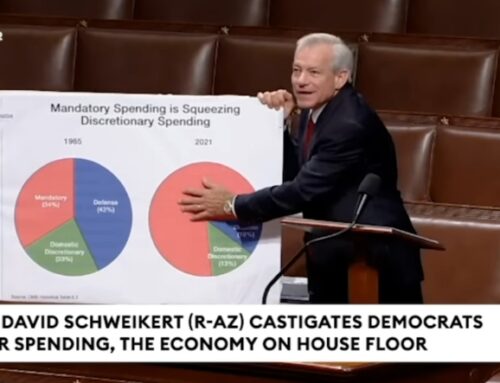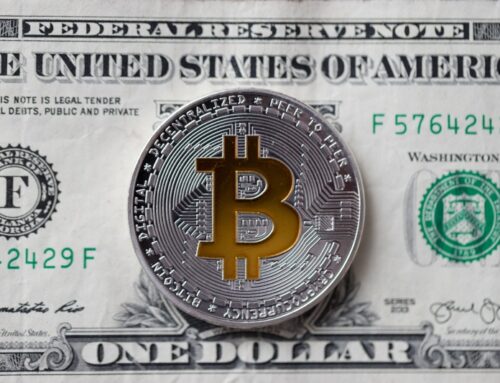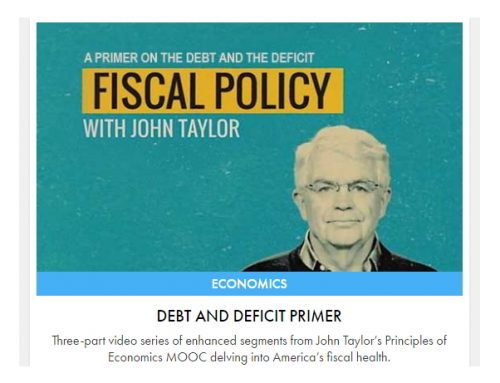I have long maintained that the central bank is an instrument of private mega-banking policy, and that that policy is quite simple: attach to an economy and suck the life out of it like a vampire. This makes the central bank similar to Renfield in Bram Stoker’s gothic novel Dracula. Any central bank must be a smart Renfield, though, and not allow Dracula to kill the host. Recall, in that novel, in return for the promise of an endless supply of food taxpayers, Renfield the Fed furnishes Dracula international banks with blood-sucking access to Mina Harker the U.S. economy.
Recent economic developments have led the Fed to begin, unilaterally, to distance itself from the host, the U.S. economy, as it appears the central bank is now convinced that the U.S. economy is as doomed as Mina Harker. The central bank is concerned it might take losses, losses which, for a central bank in a growing economy, are virtually impossible.
Hyperbole? You decide.
- Friday, January 21, 2011
HOT: Fed Hides Major Accounting Change Reuters has a very hot story out tonight on an accounting change the Fed snuck into a regularl weekly report. It will move off its balance sheet any bad debt the Fed may have purchased from Goldman Sachs, or anybody else for that matter. Here’s Reuters via CNBC (My emphasis):
Concerns that the Federal Reserve could suffer losses on its massive bond holdings may have driven the central bank to adopt a little-noticed accounting change with huge implications: it makes insolvency much less likely.
…
But the new rules have slowly begun to catch the attention of market analysts. Many are at once surprised that the Fed can set its own guidelines…But they are averting asking the Treasury for money in the future by an accounting gimmick that will simply dump the debt off its own balance sheet and onto that of the Treasury.
So the Fed can make a profit, but should it suffer any losses those losses will be dumped “off its own balance sheet and onto those of the Treasury.” In other words, any Fed losses will be nationalized. And who will pay for it then, dear friends? Who pays the Treasury’s debts, and suffers the Treasury’s losses?
Of course you know the answer: the Taxpayers do. The very same producer class who pays for everything else. And did the Fed require any Congressional approval to make this “accounting change”? Nope, they did it all by themselves. Why? For the same reasons I’ve been ranting about for more than a year: guaranteed profits for the banks, and higher costs and losses for everyone else. The Fed just wrote TARP legislation for itself, but no legislation was required. The Fed is overleveraged and is looking for a patsy.
Here is Renfield arriving on a boat from Europe, bringing his master to America in 1913, their having sucked most of Europe dry:
Advanced Reading: Gary North explains why mainstream economists are so wrong, all the time. This is a very interesting piece that highlights a kind of phony dualism that exists in economic policy, a phony tension between Monetarists and Keynesians, two schools of thought that dominate modern economic policy discussions. Both of these schools love big government but only differ slightly in how it should be used. This is very similar to the phony dualism that is the false left-right paradigm.





